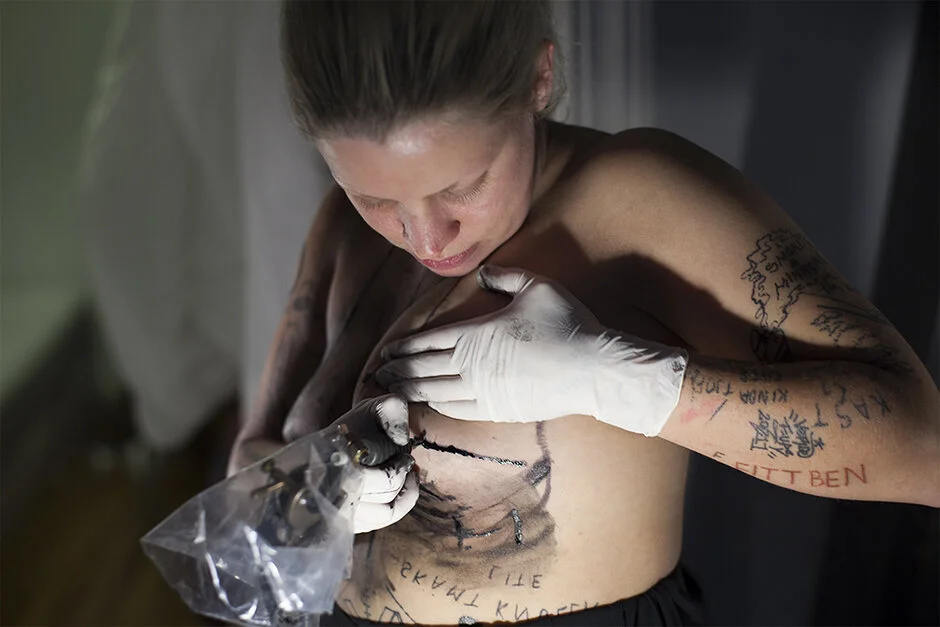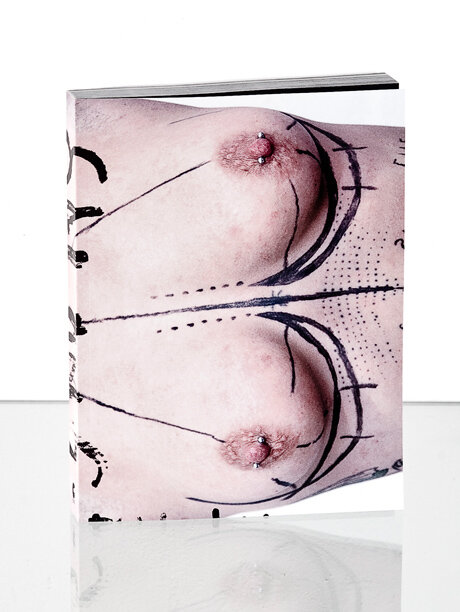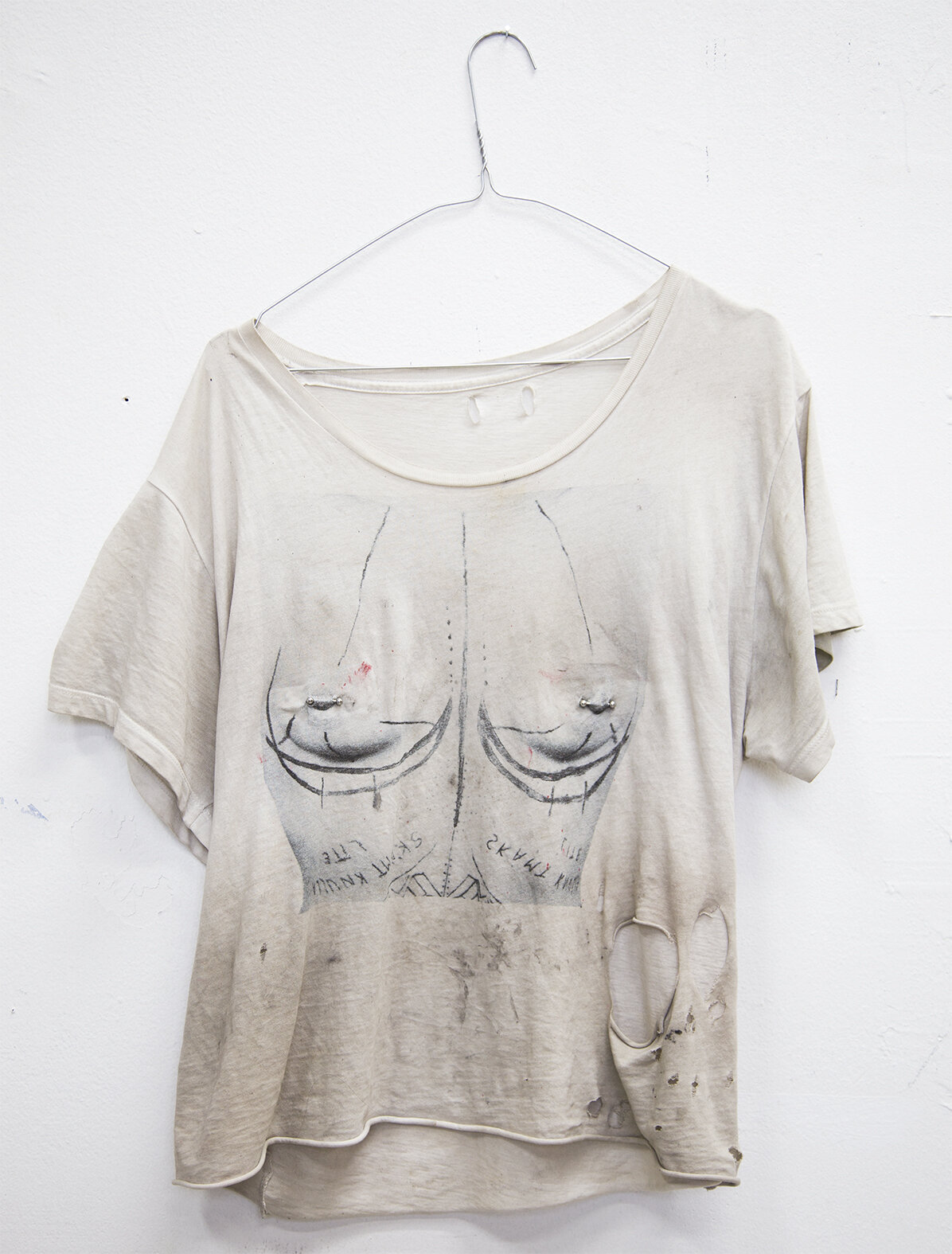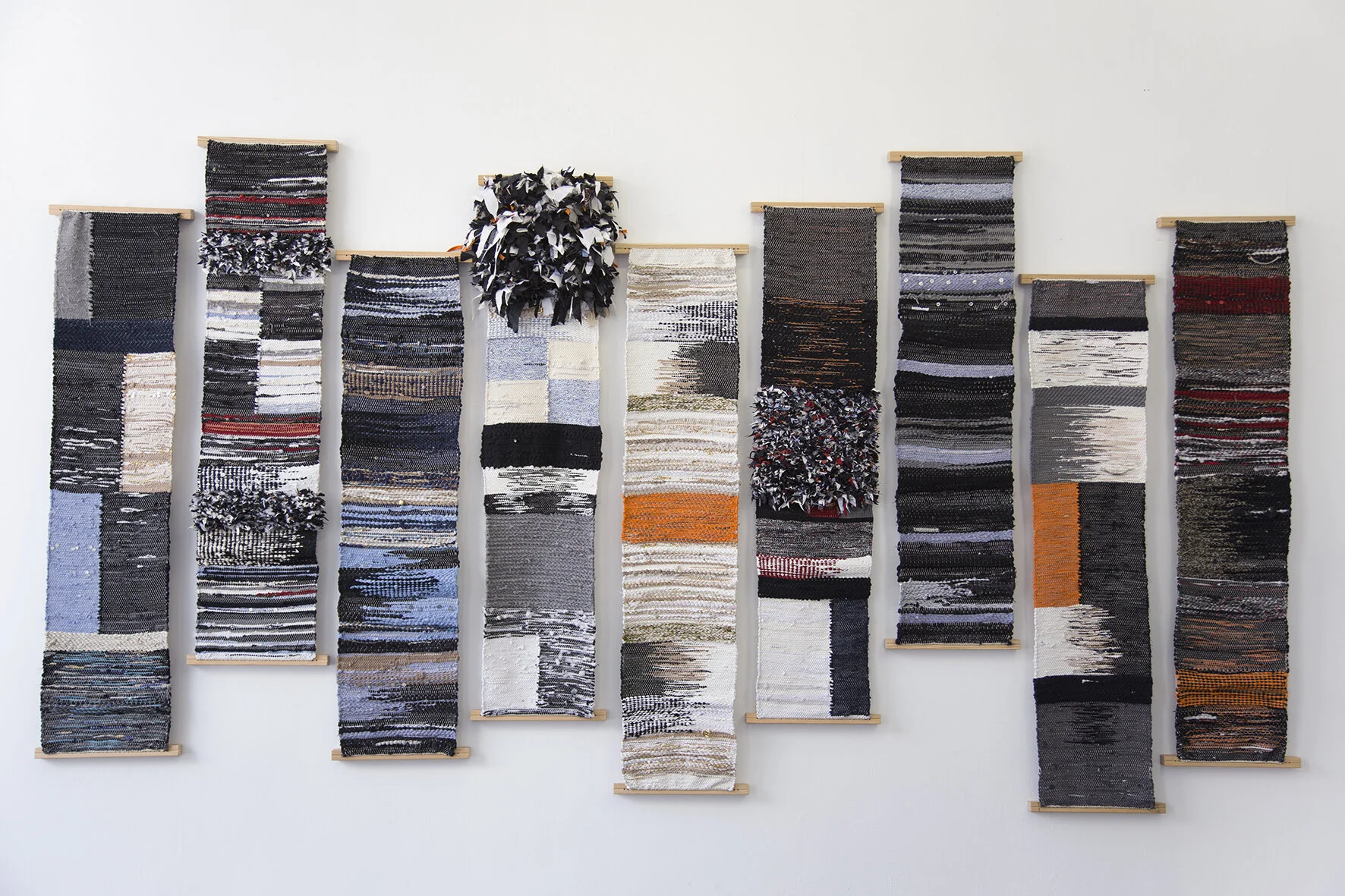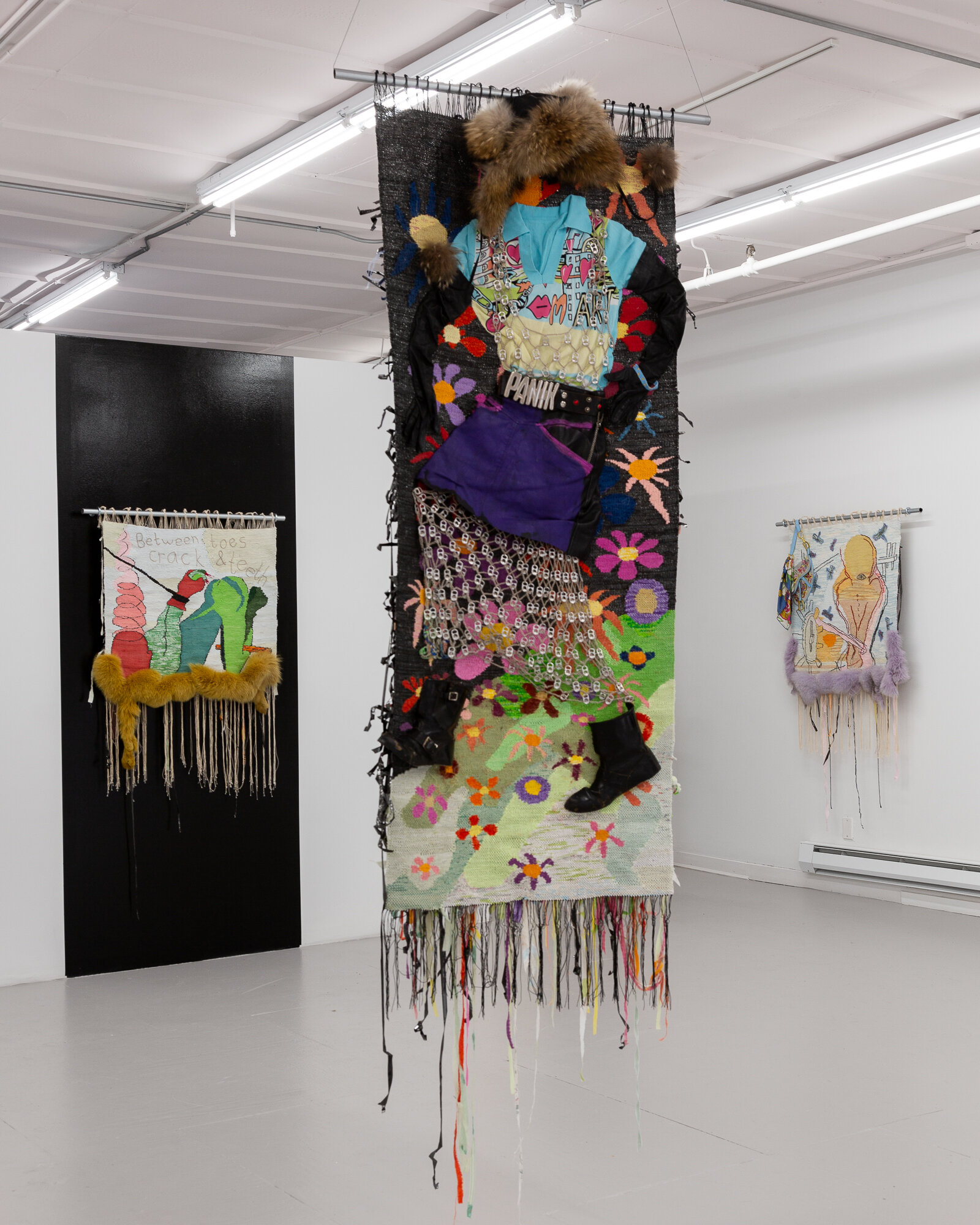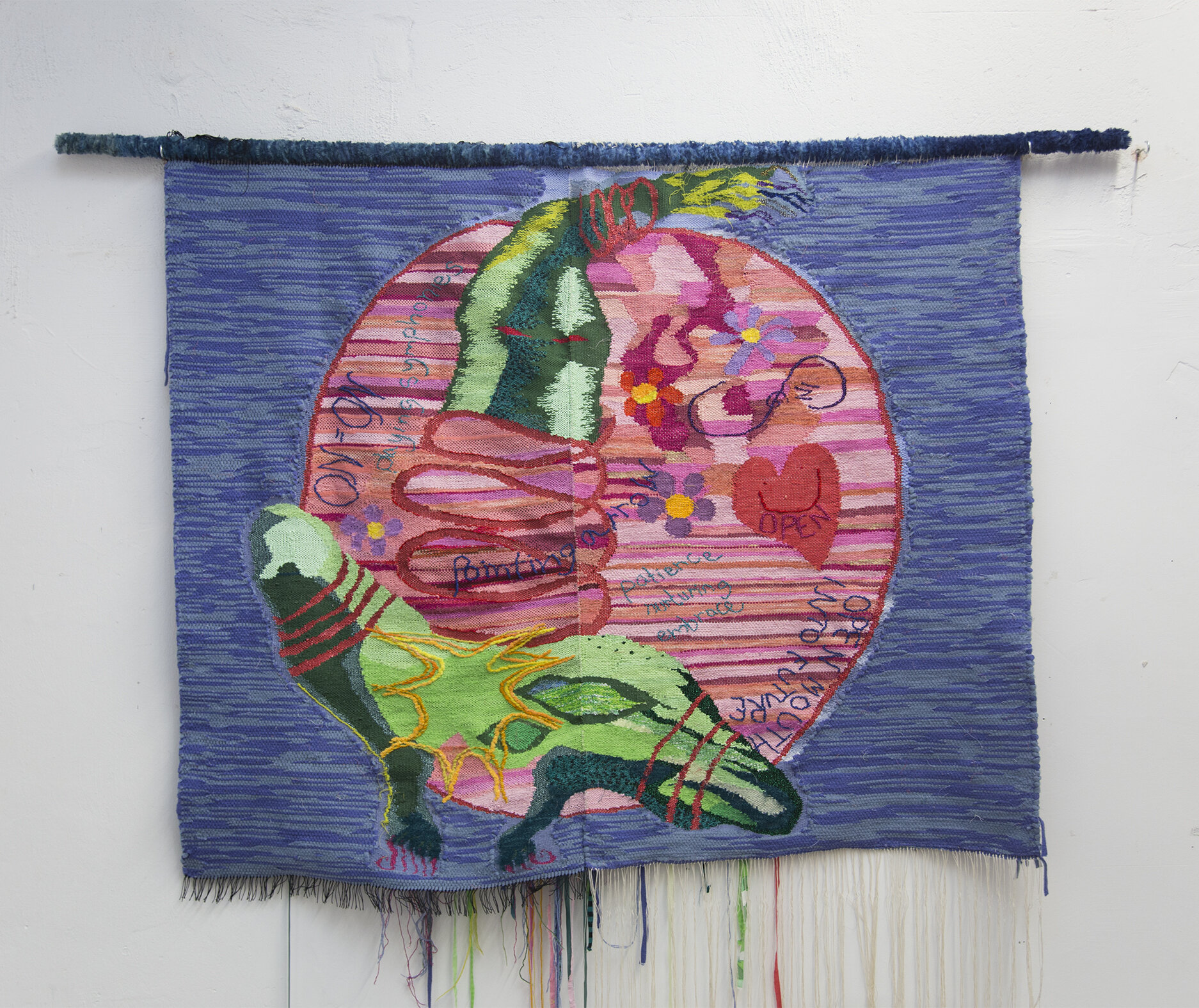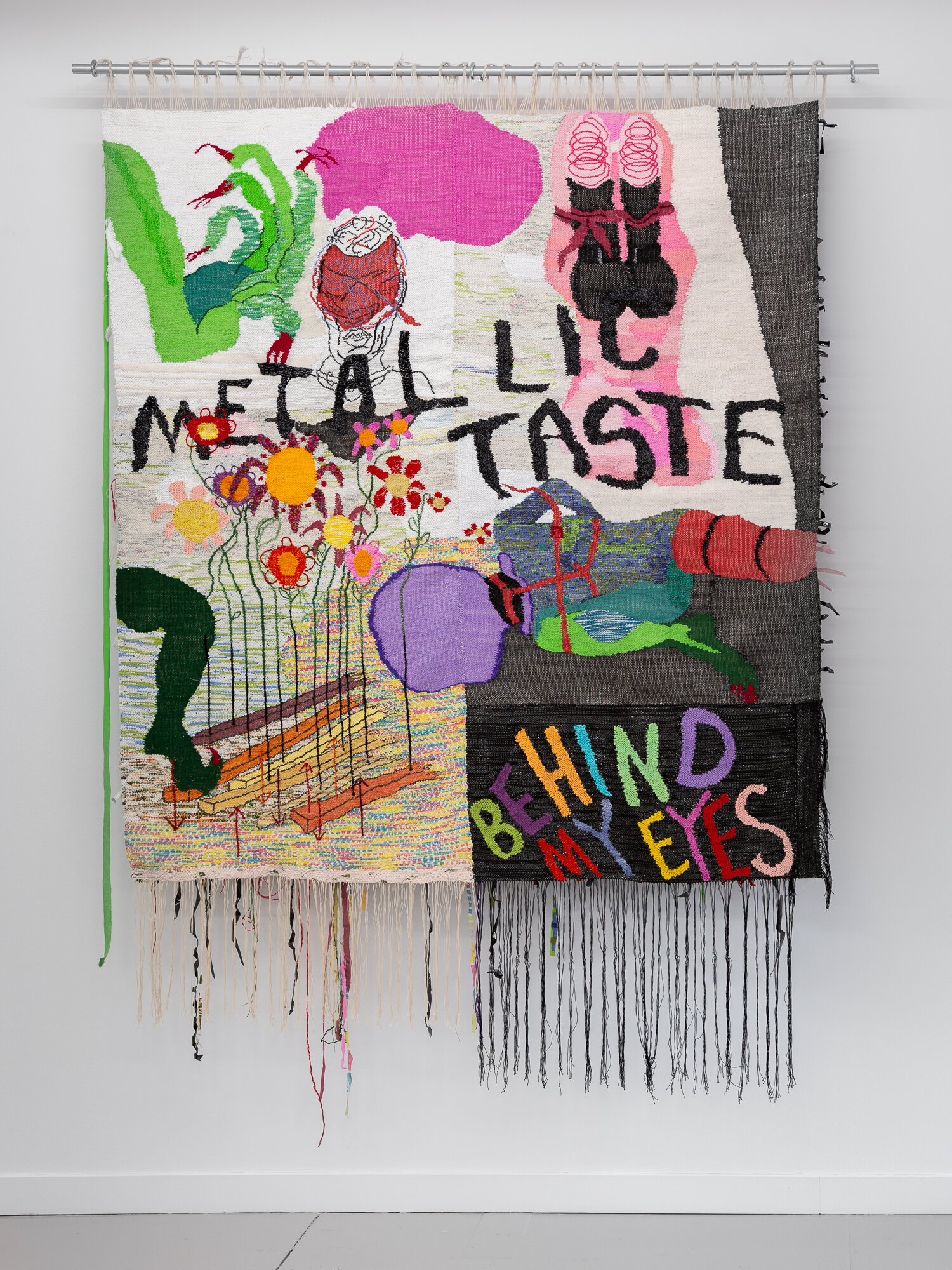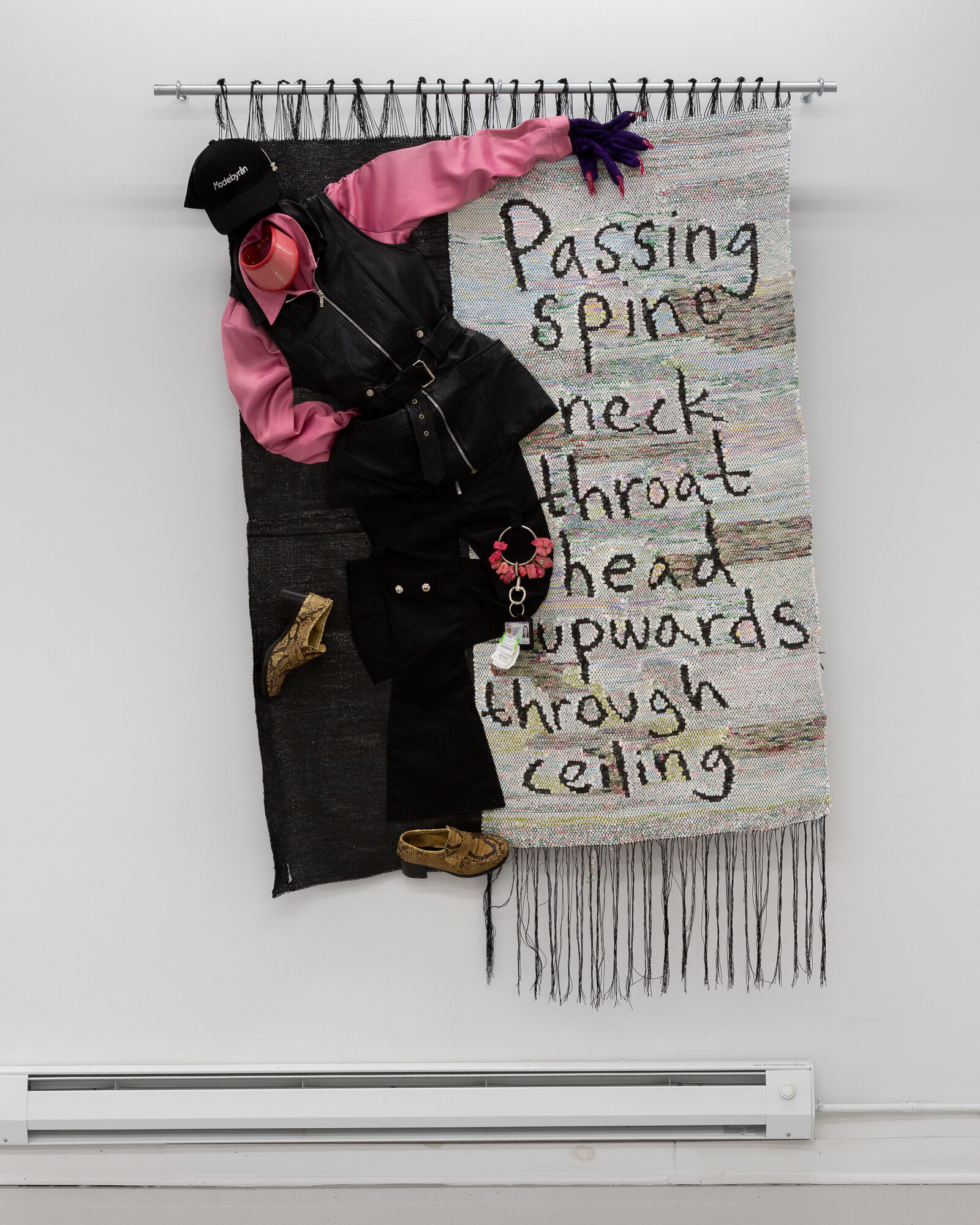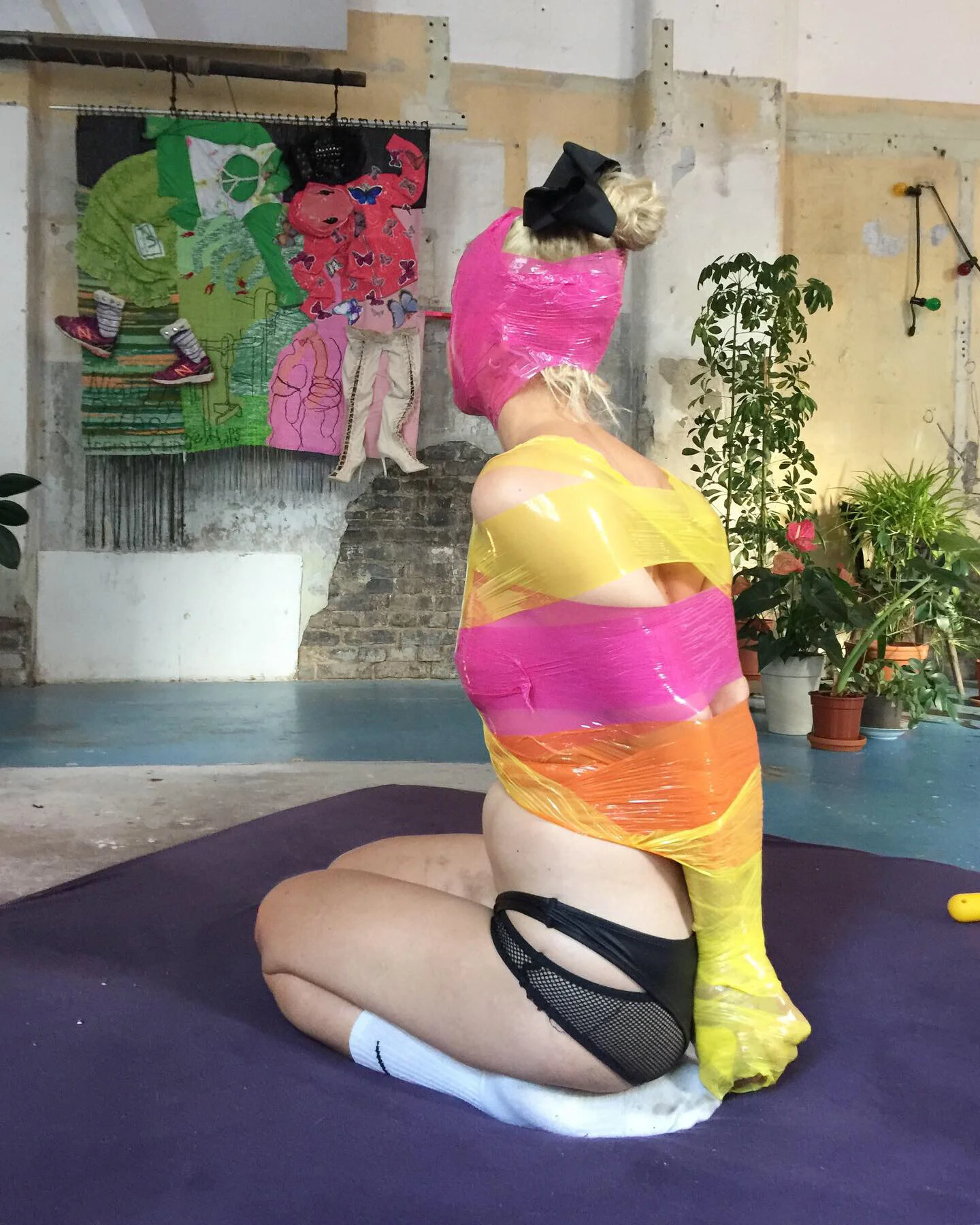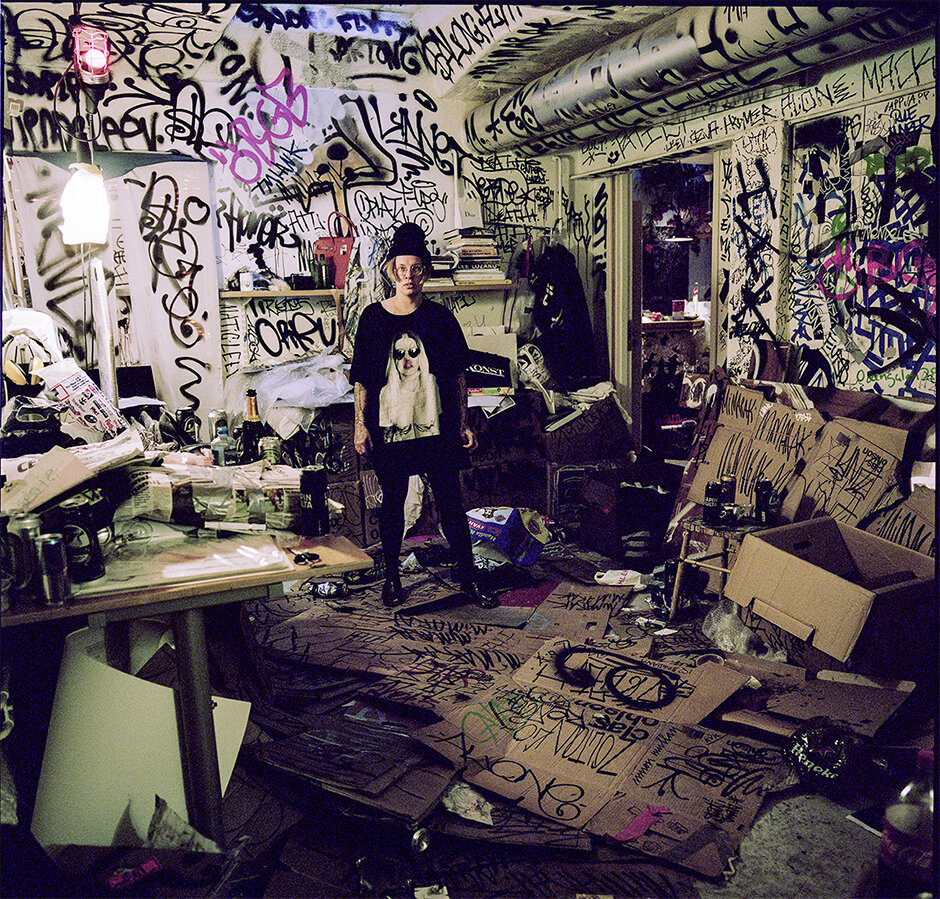
LINNÉA SJÖBERG:
SALONG FLYTTKARTONG
In 2014, Linnéa Sjöberg’s Salong Flyttkartong (“Salon Moving Box”) was to be presented as the cover of issue 34 of Site, ”Power, Space, Ideology.” For many reasons, the issue was never finished, and Site ceased to publish. Seven years later, as Site re-emerges as Site Zones, we are delighted to finally present Linnéa Sjöberg’s piece, both as a connection to the former magazine, and as the inaugural art project of Site Zones (for more on Linnea Sjöberg’s current work, see her website). The work is presented together with a text about Linnéa Sjöberg and a conversation between Linnéa Sjöberg and Power Ekroth below.
Linnéa Sjöberg/Salong Flyttkartong, the cover of Site, 2014
A conversation between Linnéa Sjöberg (LS) and Power Ekroth (PE)
Linnéa Sjöberg has an MA from the Royal Institute of Art in Stockholm. She lives and works in Berlin, Germany.
PE: The work in which you had your back tattooed was planned to be the cover for our theme issue "Power, Space, Ideology" in 2014, which was never published. What was your take on the theme?
LS: As I remember Salong Flyttkartong was invited to make a contribution to the issue of Site based on the theme “Power, Space, Ideology,” so I think that question could be directed back to you as a curator. Why did you invite Flyttkartong to this particular issue, and how did you read the project in relationto this theme?
PE: I invited you because I think you are an interesting artist, quite simply. The invite was to be interpreted completely freely and I never imagined you would actually tattoo the logo SITE and the front page on your body, since you were in a period of moving on to the next art project. Then again, I was amazed and honored that you incorporated the magazine into the work of art, as well as letting it become a part of yourself. When I invited you we had in fact not yet decided that the theme would be “Power, Space, Ideology,” but in hindsight the connection made sense. I think you were consciously taking power over your own space (identity/body) with your project(s), as well as experimentingwith ideology, and with the kind of power you have over others by switching identities. I remember the first time I saw the Business Woman persona in the corridors of the Royal Art Academy. I didn’t know you at the time and I was in fact rather intimidated by te self-awareness with which you moved. I also became very aware of my own body in that space, and with what type of certainty I was wearing a more stereotypical ”curator look.”
GTD4s810 – 2009-2011
GTD4s810 – 2009-2011, the performance where Linnéa Sjöberg appeared to be a high society business lady, and explored what happened if she used a certain type of clothes, hair do and attitude. Her surroundings was an object for her investigations.
“I´m employing the superficial aspect of the self as a progressive narrative, I explore the potential power and social rules connected to physical appearance. During the course of one and a half year, I developed a controlled and proper style, continuously maintaining the illusion of being a career woman 24/7. A pair of pearl earrings, a short blonde bob, a tailored blue shirt and pencil skirt became the tools for my performative research and my everyday life.”
LS: I was in fact a bit surprised when Flyttkartong was invited to make an art work in your magazine—the project is rebellious, shouting really loud and perhaps even not making any real sense. What could the project offer Site Magazine? In an impulsive act, I contacted the graphic designer of the magazine at the time (Konst & Teknik) and asked them to send the design of the cover that was planned for the next issue. The only space I had available on my body to fit the size of the cover was my back, so with help from Sebastian Nordbeck we tattooed the Site logo there. I documented the tattoo and the idea was to use my back as the cover. I made a series of Photostat-copies of my body parts that were supposed to be placed in between the dense texts on art theory and philosophy.
One can apply the themes of space and power (ideology?) to my early work. In my performative practice, I was keen on creating almost tribe-like spaces with rules that created an atmosphere of power. I was curious to investigate identity through outer appearance, behavior and prejudice, by expanding the limits of my surface.
The business woman aka Gtd4s810 was the stereotype of a white powerful person that I was very hesitant to re-represent in the world, it was difficult. This is a persona I could not relate to, given my own family background, both in terms of class, coming from a working class background, and of culture, being only a generation away from two minority groups, Sami and the even more invisible Finnish-Swedish. Back then, in 2009, my way of working with intergenerational traumas—things that today is much more widely discussed—was to face the fact that I would represent a white woman in this world who would automatically have more access to space, power, ownership... the list can go on.
Salong Flyttkartong became a deep dive into the psychically limits of the body/space, the surface of the skin. Our nerve system is on high alert when the needle penetrates the skin. The strong sensations of tattooing, the pressure-laser-cut-fire becomes the evidence of one’s beginning and end. Pain places you in a trance-like state in the present, over and over again.
Salong Flyttkartong (Salong Moving Box)
“Salong Flyttkartong was a mobile amateur parlour that existed for over two years. During that time the parlour has toured haphazardly and through a series of open performances developed into an intricate participatory art work. The open process has created it’s own aesthetics, a unique space in the field inbetween the inherent permanence of the tattoo medium and the spontaneity of the performance act.”
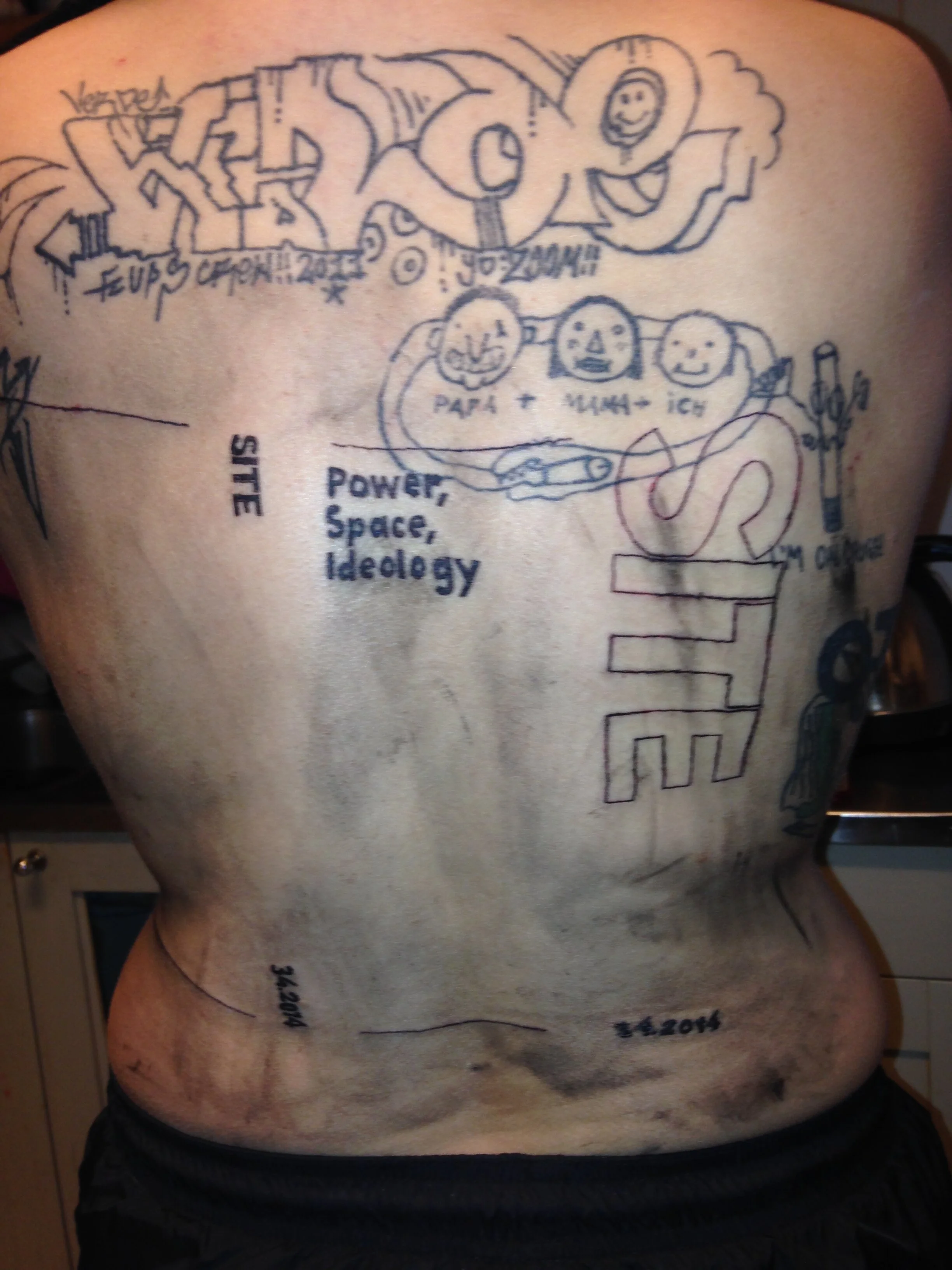
”It´s been an honor to have been the very last, and super-limited, psychical Site Magazine for the last seven years ;)”
— Linnéa Sjöberg
PE: It has been almost seven years, and I know that Salong Flyttkartong was a project that ended after two years. I know you after this started a long-term project of weaving.
LS: By dismantling/cut up/shred to pieces the complete business woman-wardrobe I took up on the weaving traditions within my family. The starting point of this journey into weaving (where still goes on, I might add) were my grandmother’s rag rugs, which were both a common thing that was used daily in our home, but for my mother meant also was a sort of childhood archive, in which she could se traces of her favorite clothes from when she was young and bring back memories.
With this in mind I slowly learned to weave, and the remains of The business woman became eleven tapestries named Remains of a Business. I went even further with the same idea when I collected all dark textile and “weavable” material from my childhood home in Strömsund, Jämtland, which turned into the work Four Generations of Darkness, a 14-meter-long tapestry.
These are two examples of of how the material in itself becomes the source of the meaning in the work.
PE: What are you working on now, and how does it relate to your earlier work?
LS: Last spring, when the pandemic broke out, I became part of a small collective of artists, body workers, performers, architects, and witches, called Skinship. Together, we run a queer/femme community space in the heart of Kreuzberg, Berlin, also called Skinship—a touch based place for kinship. Through the impact of the materiality of the “wrapping”, a ritual tool and transformational performance as well as an act of magic, we internalize our intention of removing toxic patterns of thought and exorcizing the patriarchy. Through my participation in this group and the connection to other bodies and within the safety I experienced, I had the opportunity to break free from my more isolated practice and experience the support and potential of the community as a medium, and I started to create a new kind of tapestries. They have turned into collages that include text and representations of wishes and desires, reflecting embodied practices such as wrapping, mummification and bondage. These practices are ways of restraining the body and healing trauma.
Linnéa Sjöberg, A Boob Job Tattoo, 2013
The book ”SALONG FLYTTKARTONG” is a 346 page long documentation of the mobile amateur tattoo studio Salong Flyttkartong’s two years of existence. Nille Editions, 2014
Linnéa Sjöberg, A Boob Job Tattoo T-shirt, 2013
Salong Flyttkartong at Athens Biennial, 2018
Linnéa Sjöberg, Four Generations of Darkness, 2016
Linnéa Sjöberg, The Remains of a Business, 2015
Linnéa Sjöberg, installation shot from exhibition Upwards Through the Ceiling at Company Gallery, New York 2020
Linnéa Sjöberg, Package Play, 2019, Company Gallery
Linnéa Sjöberg, Behind my Eyes, 2019, Company Gallery
Linnéa Sjöberg, Passing spine neck, 2019, Company Gallery
Skinship, Berlin 2020




